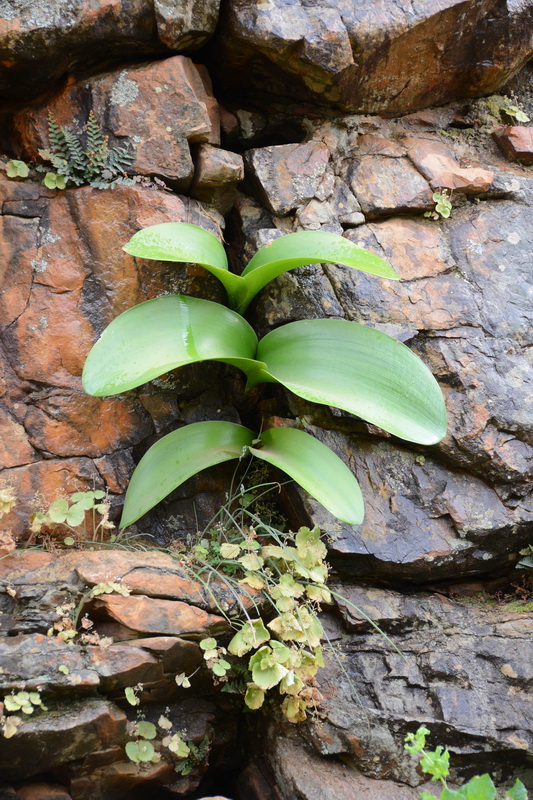Sunday, 30 September 2012 – Grunau to Keetmanshoop
The Cape Town to Windhoek main road, the N7 in South Africa changes its number to the B1 in Namibia. The difficulties in finding suitable places to pull over whenever an interesting plant is seen are the same. So we decided to take the longer and (possibly) more scenic route west of the B1, but did still failed to spot intyeresting looking plants along the road. This was flat arid land, not unlike northern Chile, probably with similar ‘hardly any’ rainfall statistics.
S2600 was for an official pull over, with just some stick Euphorbias to photograph, to keep the shutter exercised. S2601 was similarly disappointing, this time just one Monsonia (Sarcocaulon) sp. without foliage or flowers so not much to go on for identification, except perhaps its geography.
S2602 was prompted by a small group of steenbokken crossing the road – no problems with fences for them, they simply leaped over them! Euphorbia virosa appeared in the back ground, more ‘stick’ Euphorbia in the foreground. We didn’t stop long.
S2603 was for some Aloe dichotoma growing on some very dark, almost black, rock cubes that appeared to have been neatly piled up. Mother Nature at work again. My antibiotics seemed to have won the battle – I set my sights on one of the Kokerbomen and marched towards it at a brisk pace, surprising myself that I was not exhausted and completed the loop back to the car.
As a result of these few brief stops we arrived at our planned accommodation at the Quivertree Forest Restcamp on the Gariganus Farm near Keetmanshoop by mid afternoon. As the name implies, this included a Quivertree Forest (S2604).
We took a look and lots of pictures, then went back to take some pictures of the curious domeshaped structures where we would spend the night (S2605). Eunice and I also went to the Cheetah feeding session. The farm is also a Cheetah Reserve.
Cheetahs and humans do not co-exist happily, especially when the cheetahs learn that the goats and sheep and even young calves provide easy prey. They can decimate a herd in a very short time. Farmers have the right to shoot the cheetahs on their property to solve the problem. Alternatively, the farmer can call on a Cheetah Rescue service that catches the cheetah and keeps it in a nature reserve, generating income as a tourist attraction to pay for their care. At the feeding session, Eunice and I joined about a dozen other guests in an area surrounded by a high fence where we were joined by two youngish cheetahs that were born in the reserve.Their mother broke out of her and when recaptured turned out to be pregnant. A few years ago (2010), our friends Alain & Greet Buffel visited this reserve and had their picture taken stroking the two young kittens. I’m glad that this was not part of today’s session, as the brithers had now grown up and would soon need to be split up. Being in the same enclosure with these two animals was quite an experience!
There was more to come! In another area we watched their mother being fed. Over the years, this animal had become accustomed to people to the extent that we could take it in turn to walk up to her keeper while the big cat was eating and under her close supervision, scratch the cheetah behind its ears, while fellow visitors took pictures. Again, quite an experience. I still have mixed feelings about these reserves – I would much rather see these animals in the wild, but realise that in the struggle for survival, they would fight a losing battle against humans.
We returned to the Quiver trees for some sunset pictures.


























































